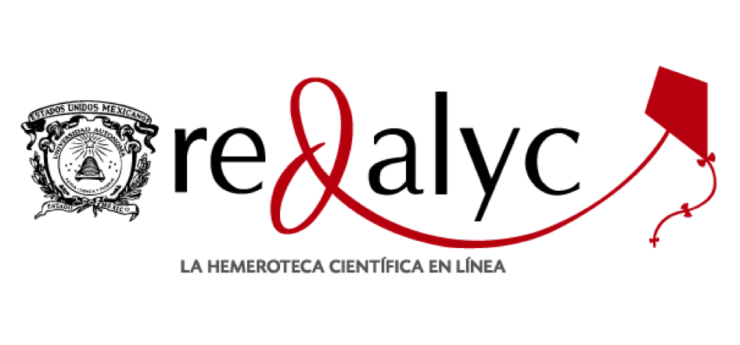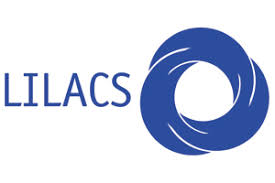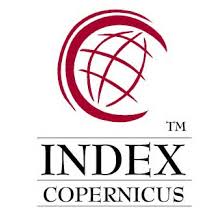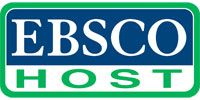Authors
Abstract
Abstract
Objective: To compare a direct method vs a precipitation method for determining HDL cholesterol in laying hens. Methodology: Serum of forty 26 weeks old fasting laying hens was obtained from the Hy-Line W-36. Cholesterol in high density lipoproteins was measured by direct method based on a specific detergent along with N,Nbis (4- sulfobutyl)-m-toluidine, and through the precipitation method based on phosphotungstate + Mg2+. Results: The standard deviation mean ± for high density lipoproteins though direct and precipitation methods in mg/dl were: 63.1±14.3; 13.3±3.5 respectively. The P value for the F test is < 0.05 showing significant statistical difference between the two analyzed methods with a confidence level of 95%. Conclusions: It is feasible to use the direct method using a specific detergent and N,Nbis(4-ulfobutyl)-m-toluidine to determine high density lipoprotein cholesterol in laying hens, because this method is not altered by high levels of triglyceride.
References
Arranz, M.L., Tasende, J. y Martin, F. (1998). Comparison of two homogeneous assays with a precipitation method and an ultracentrifugation method for the measurement of HDL-cholesterol. Clinical Chemestry, 44(12), 2499-505.
Ayerza, R. y Coates, W. (2000). Dietary levels of chia: influence on yolk cholesterol, lipid content and fatty acid composition for two strains of hens. Poultry Science, 79(5), 724-39.
Chowdhury, S.R., Chowdhury, S.D. y Smith, T.K. (2002). Effects of dietary garlic on cholesterol metabolism in laying hens. Poultry Science, 81(12), 1856-62.
Guerra, M., Luján, D., Alvarado, M., Moreno, D. y Silva, M. (2005). Estudio del perfil lipídico en sujetos con Diabetes Mellitus Tipo 2 de Bogotá. Universitas Scientiarum, 10, 81-89.
Harris, N., Galpchian, V., Thomas, J., Lannotti, E., Law, T. y Rifai, N. (1997). Three generations of high-density lipoprotein cholesterol assays compared with ultracentrifugation/dextran sulfate–Mg21 method. Clinical Chemistry, 43(5), 816-23.
Hermier, D., Chapman, J. y Leclercq, B. (1984). Plasma lipoprotein in fasted and refed chickens of two strains selected for high or low adiposity. The Journal of Nutrition, 114(6), 1112-21.
Hermier, D., Forgez, P., Williams, J. y Chapman, M.J. (1989). Alterations in plasma lipoproteins and apolipoproteins associated with estrogen-induced hyperlipidemia in the laying hen. European Journal of Biochemistry, 184(1), 109-18.
Jensen, T., Truong, Q., Frandsen, M., Dinesen, B. y Stender, S. (2002). Comparison of a homogeneous assay with a precipitation method for the measurement of HDL cholesterol in diabetic patients. Diabetes Care, 25(11), 1914 8.
Liu, X., Zhao, H.L., Thiessen, S., House, J.D. y Jones, P.J.H. (2010). Effect of plant sterol-enriched diets on plasma and egg yolk cholesterol concentrations and cholesterol metabolism in laying hens. Poultry Science, 89(2), 270-5.
Nauck, M., Wiebe, D. y Warnick, G.R. (2000). Measurement of highdensity-lipoprotein cholesterol. In Rifai N., Warnick G.R. y Dominiczak M.H. (Eds.), Handbook of Lipoprotein Testing (pp. 221-44). 2nd ed. Washington, D.C.: AACC Press.
Newsholme, E.A. y Leech, A.R. (1987). Bioquímica Médica. Primera edición. Madrid, España: Interamericana McGraw-Hill.
Okazaki, M., Sasamoto, K., Muramatsu, T. y Hosaki, S. (1997). Evaluation of precipitation and direct methods for HDL-cholesterol assay by HPLC. Clinical Chemistry, 43(10), 1850-90.
Palacios, M., Esteban, M., Aguilar, J. y Ortolá, J. (1999). Recomendaciones para la determinación de la concentración en suero de colesterol de las lipoproteínas de alta densidad. Química Clínica, 18(1), 33-40.
Salma, U., Miah, A.G., Tareq, K.M.A., Maki, T. y Tsujii, H. (2007). Effect of dietary Rhodobactercapsulatuson egg-Yolk cholesterol and laying hen performance. Poultry Science, 86(4), 714-9.
Schneider, W.J., Carroll, R., Severson, D.L. y Nimpft, J. (1990). Apolipoprotein VLDL-lI inhibits lipolysis of triglyceride-rich lipoproteins in the laying hen. Journal of Lipid Research, 31, 507-13.
Vieira, P.M., Vieira, A.V., Sanders, E.J., Steyrer, E., Nimpf, J. y Schneider, W.J. (1995). Chicken yolk contains bona fide high density lipoprotein particles. Journal of Lipid Research, 36, 601-10.
Walzem, R.L., Hansen, R.J., Williams, D.L. y Hamilton, R.L. (1999). Estrogen induction of VLDLy Assembly in Egg-Laying hens. The Journal of Nutrition, 129(2), 467S-72S.
Warnick, G.R., Nauck, M. y Rifai, N. (2001). Evolution of methods for measurement of HDL-cholesterol: from ultracentrifugation to homogeneous assays. Clinical Chemistry, 47(9), 1579-96.
Yin, J.D., Shang, X.G., Li, D.F., Wang, F.L., Guan, Y.F. y Wang, Z.Y. (2008). Effects of dietary conjugated linoleic acid on the fatty acid profile and cholesterol content of egg yolks from different breeds of layers. Poultry Science, 87(2), 284-90.
Yue, H.Y., Wang, J., Qi, X.L., Ji, F., Liu, M.F., Wu, S.G., Zhang, H.J. y Qi, G.H. H. (2011). Effects of dietary oxidized oil on laying performance, lipid metabolism, and apolipoprotein gene expression in laying hens. Poultry Science, 90(8), 1728-36.


 PDF (Español)
PDF (Español)
 FLIP
FLIP























